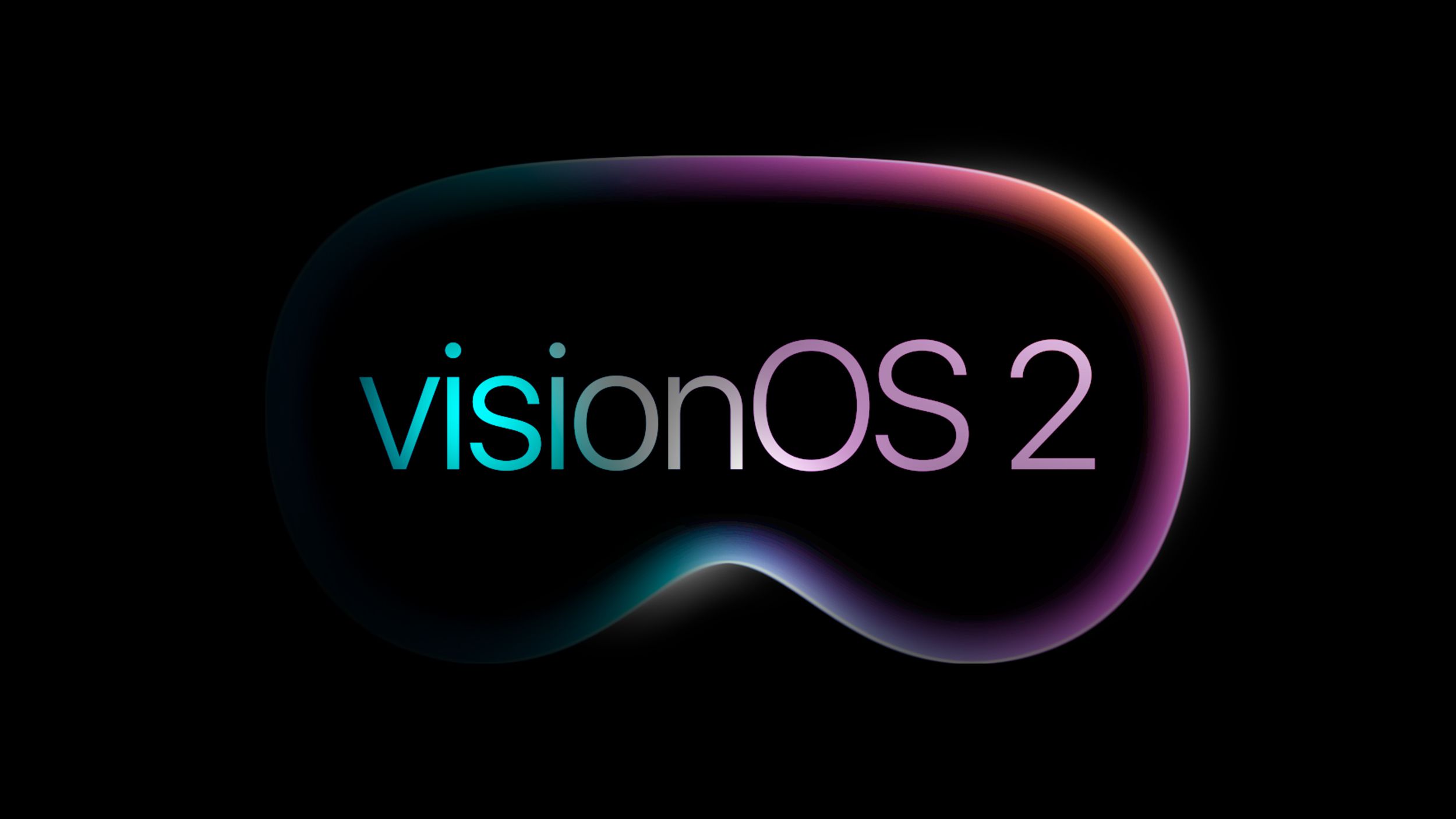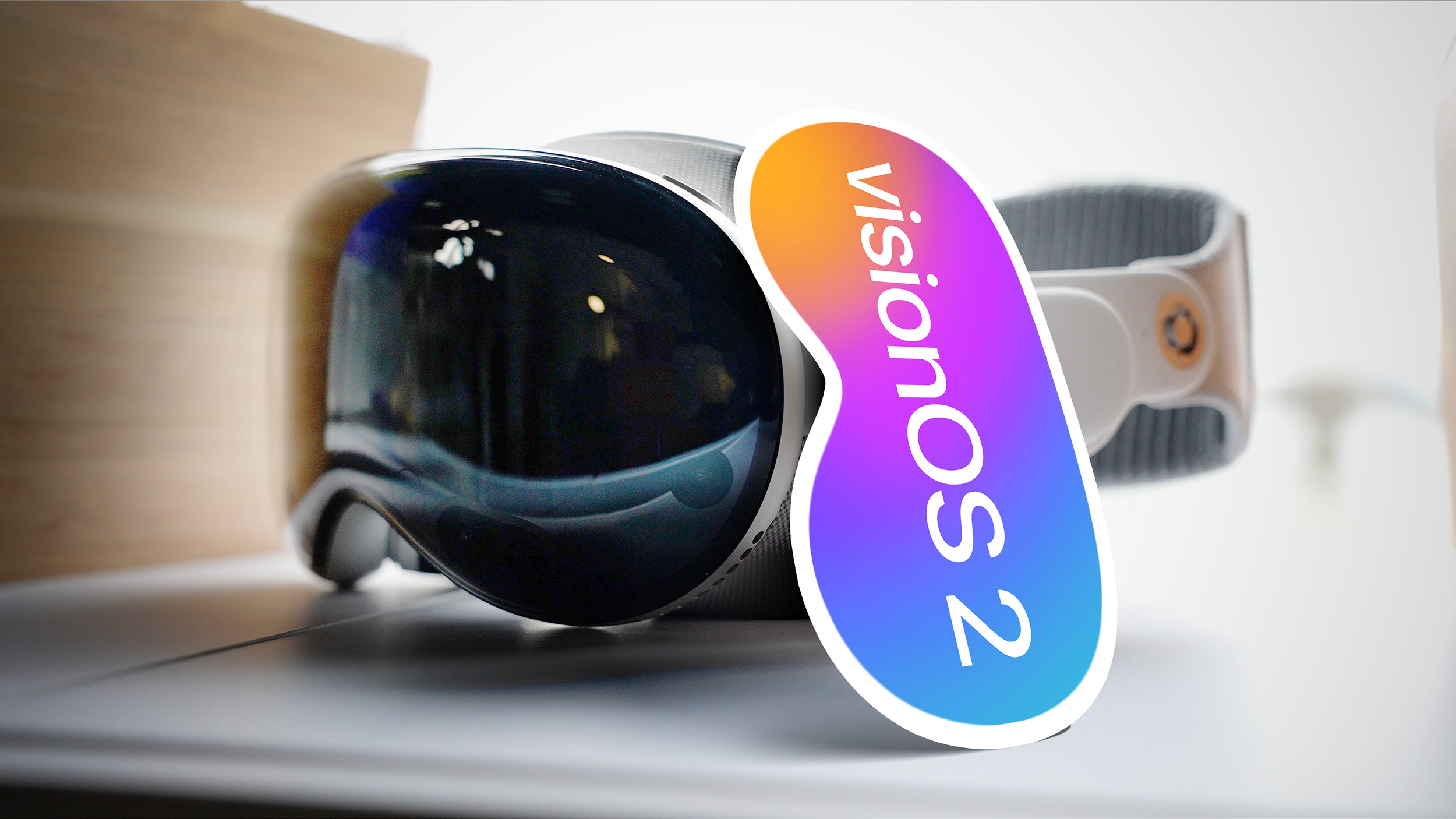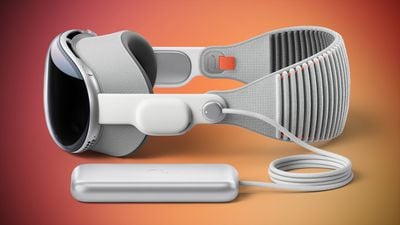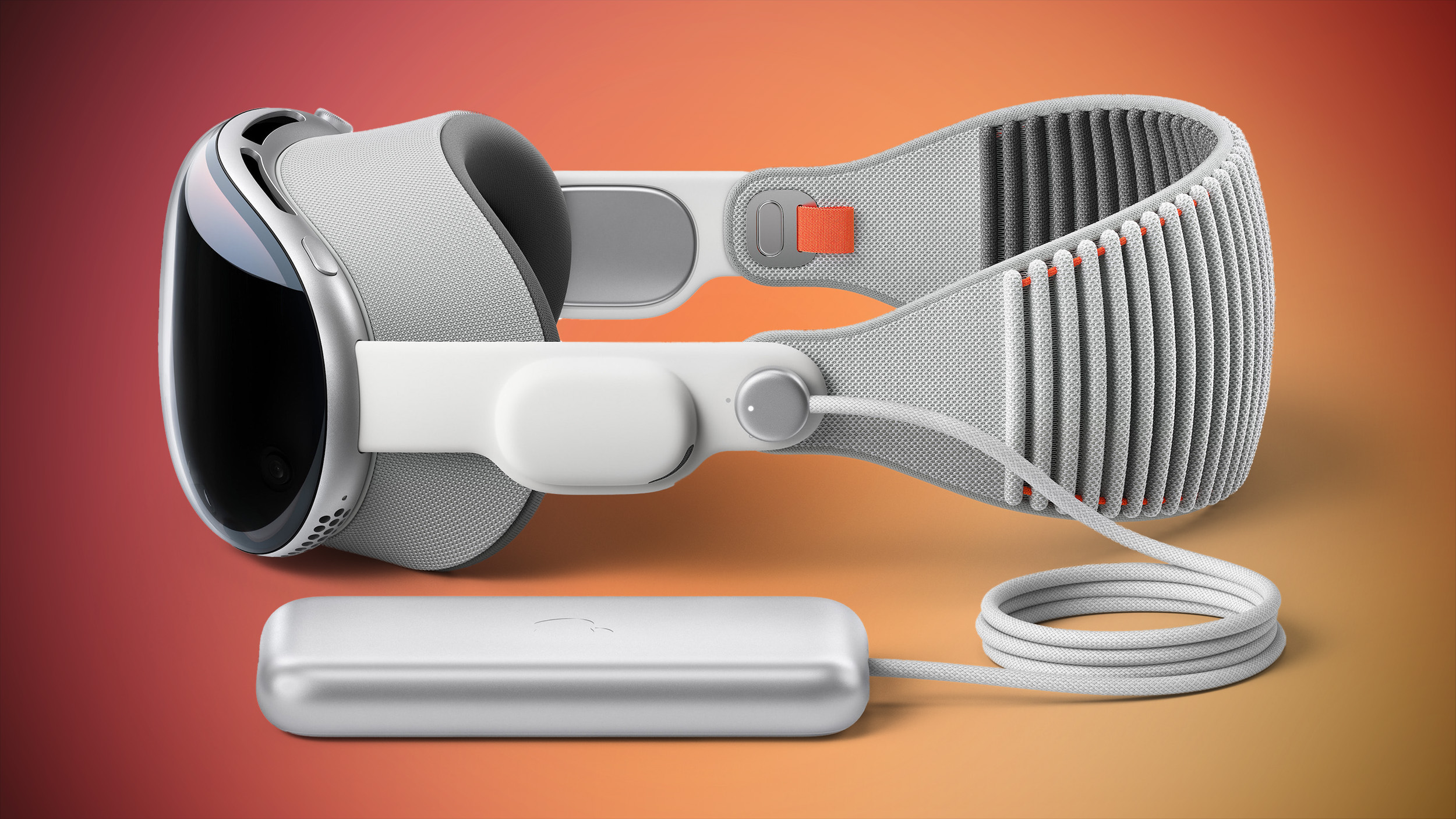Tech
visionOS 2: Everything We Know | MacRumors

visionOS 2 is the second-generation version of visionOS, the operating system that runs on the Vision Pro headset or “spatial computing device,” as Apple calls it. visionOS offers a full three-dimensional interface that starts out with a Home View that is similar to the iPhone’s Home Screen. It displays all of the apps that are installed on the Apple Vision Pro, with the visionOS interface able to respond dynamically to natural light and shadows to help users interpret distance and scale.
visionOS is navigated using eye movements, hand gestures, and voice control because it cannot be directly interacted with. Users can, for example, browse through apps by looking at them, and then select one with a tap of the fingers. This navigation scheme has been described as natural and intuitive by Vision Pro users. There are new gestures in visionOS 2, which can be used to access Home View quickly, control volume, check battery level, and open Control Center to get to frequently used features.

visionOS apps can be placed anywhere in virtual space visible to a user, and they can be resized to be ultra large or small. App windows can be stacked on one another, arranged around a room, and manipulated at will. Multiple apps can run at the same time, and it is unclear if there is an upper limit beyond what fits in the visual space. Apple describes visionOS as offering an infinite canvas, but users can also opt to focus on a single app that expands fully into the space.
In visionOS 2, there is an option to personalize the Home View by moving apps around for the first time. With a simple pinch and hold gesture, apps can be rearranged so you can put what you use most on the main app screen.
The level of immersion in visionOS is adjustable. Users can either see their content in their actual surroundings through the Apple Vision Pro’s cameras, or a virtual “Environment” can make the real world fade away. Apple designed several Environments like Mount Hood that can be activated as a backdrop in visionOS, and there are new Environments in visionOS 2 like Bora Bora.
Apple tweaked Environments so you can see your Magic Keyboard or MacBook keyboard while immersed, and Environments have expanded to Safari. You can expand videos you come across while browsing the web, watching them in full screen in a dedicated environment. This works with embedded videos from YouTube, Netflix, and more.
Apple adapted existing apps like FaceTime, Photos, Messages, Safari, and more to work in a 3D environment. In Messages, Safari, and other apps, users will be able to pull out 3D USDZ files to look at and manipulate virtual objects, and in Photos, images like Panoramas wrap around the wearer.


For the headset wearer, visionOS creates a Persona, or a digital representation that reflects face and hand movements in real time, with the Persona used in FaceTime and other video apps. With visionOS 2, Apple has improved Personas with more accurate skin tones and more vibrant clothing colors, plus you can add a variety of backgrounds and there are more fluid and natural hand movement animations.
In visionOS 2, Apple added a fun feature that lets you create 3D spatial photos from the 2D images in your library. This feature uses depth information and machine learning to add natural-looking depth and dimension. Apple redesigned the Photos app with a design that makes it easier to find the content that you want, plus there is a SharePlay for Photos option so you can see photos, videos, and panoramas at life scale and relive memories when everyone on FaceTime is using a Vision Pro.
With content apps like Apple TV+, visionOS can display TV shows and movies on a personal movie screen that feels 100 feet wide, plus visionOS offers Apple Immersive Videos that are 180-degree high-resolution recordings. visionOS supports Spatial Audio through the Apple Vision Pro’s speakers. For sports fans, visionOS 2 will support Multiview for MLS and MLB games, with up to five able to be watched at once.
There is a dedicated App Store for visionOS, housing apps and content from developers. It also provides thousands of iPhone and iPad apps that automatically run on visionOS and that are adapted to the eye and hand controls. With iCloud, content is synced with iPhone, iPad, and Mac.
Bluetooth accessories like keyboards, trackpads, and game controllers work with visionOS, and Apple added support for mice with visionOS 2 so a Bluetooth mouse can be used to navigate while wearing the headset.
visionOS integrates with the Mac to allow the Apple Vision Pro to serve as a display for a Mac. The Mac’s screen shows up in the virtual space provided by visionOS for a private, portable 4K display, and it’s expanding in visionOS 2. Later in 2024, the Mac Virtual Display will have a larger ultrawide screen that Apple says is equivalent to two 4K displays sitting side-by-side.
For security and authentication, visionOS supports Optic ID, an iris scanning function that works like Touch ID or Face ID. Optic ID can be used for logging into visionOS, making purchases, and logging into websites.
A Travel Mode in visionOS stabilizes the visuals for Vision Pro wearers on airplanes, and in visionOS 2, there’s also Travel Mode for trains. Travel Mode is designed to allow people to work privately or watch content while on a plane or a train.
Apple is improving Guest User mode in visionOS 2, which makes it easier for the headset to be shared with others and demonstrated to family and friends. The most recent guest’s eye and hand data is saved for 30 days, so there’s no need to repeat the setup process every time a guest uses the headset.
Other new features coming in the visionOS 2 update include an option to dictate in Messages just by looking at the mic icon, an AirPlay Receiver mode for mirroring content from nearby iPhones and iPads on the same network, breathing rate integration when doing a Mindfulness session, and collaborative playlists and sing-along sessions with friends in Apple Music.
visionOS 2 is available to developers for beta testing purposes at the current time, and it is set to see a public release this fall. As of right now, the Vision Pro runs the original version of visionOS by default, but all users will get access to the visionOS 2 features later this year.
Note: See an error in this roundup or want to offer feedback? Send us an email here.


)






